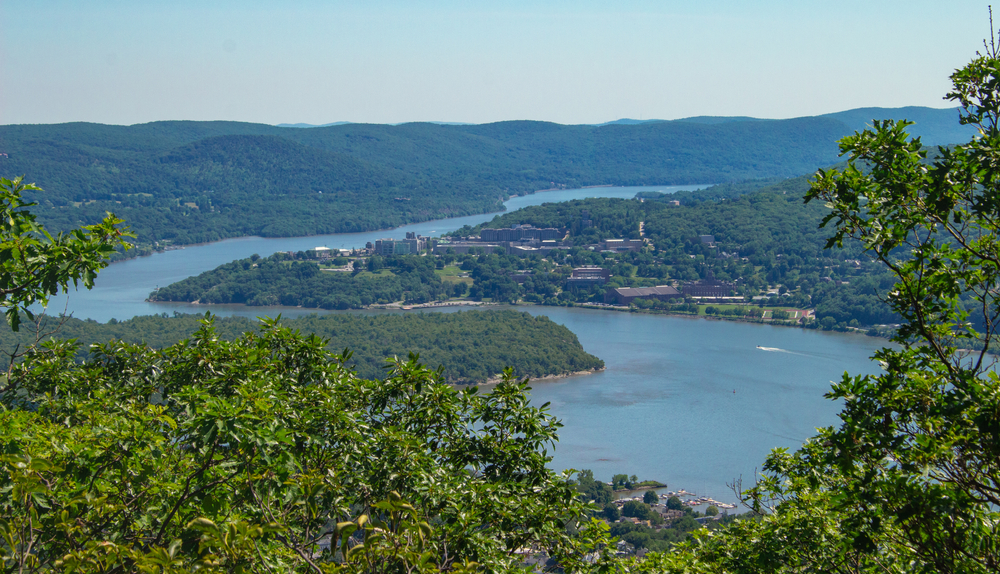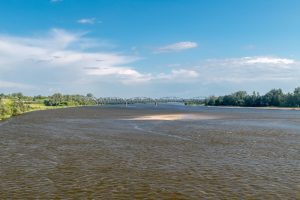The deepest river in the United States is the Hudson River, with a depth of up to 215 feet. The longest river in the United States, the Missouri River, has a maximum depth of 200 feet.
A river is a body of water that flows towards a larger body of water such as an ocean or a lake. Every river has a channel flow and an upper, middle, and lower course that defines it as a river.
Rivers are typically freshwater sources of water, which means that they are low in salt and other concentrates.
Serving as a freshwater source of water has made rivers ideal locations for cities and countries to settle since the beginning of time.
Rivers are important sources of the food chain and keep many habitats in existence.
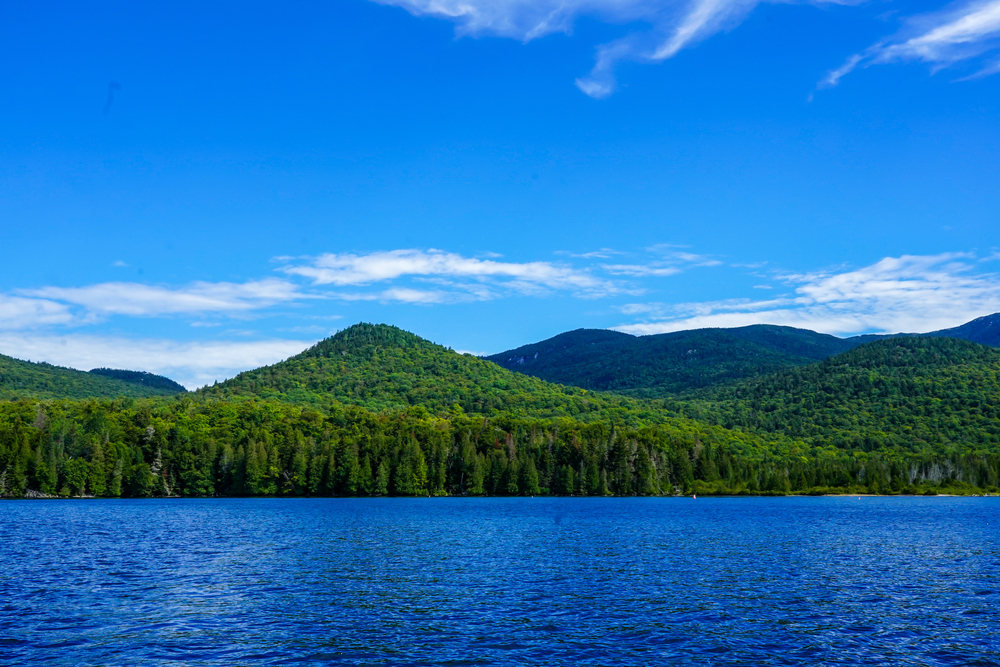
The Hudson River is among the most famous and deepest rivers in the United States. Its depth at some points can reach up to 215 feet, and the river spans over 315 miles in length.
The Hudson River stretches from the 4,000 feet high in the Adirondack Mountains to its final destination in the Atlantic Ocean outside New York Harbor. It is a tremendous water supply and transportation channel for the United States.
Table of Contents
Is the Hudson River the deepest river in the United States?
The Hudson River is the deepest river in America, and its deepest point is 215 feet. This point is found in an area known as World’s End, which is located very close to West Point.
In length, the Hudson River is not the longest river in the country; that title goes to the Mississippi River. The Hudson River stretches its three courses over 315 miles from the Adirondack Mountains to the Atlantic Ocean.
The river is considered a political boundary between New York and New Jersey. However, it also marks county lines in the state of New York as well.
Where is the upper course of the Hudson River?
Every river has three courses. The most important, and most often discussed, with every river are the upper course and the lower course.
These are the points where rivers begin and end and are the areas of every river and its surrounding areas are found and developed.
The upper course of the Hudson River occurs at its headwater that begins from Henderson Lake, which also connects with Calamity Brook.
It is the confluence of these two rivers where you see the beginning of the Hudson River on every major map.
From here, the Hudson River moves south, including Beaver Brook and a section of Lake Harris. When the Hudson River comes out of Adirondack Park, it moves through Glen Falls to Hudson Falls.
As the Hudson flows through Saratoga County and Washington County boundary lines, its elevation reaches 200 feet.
Where does the course of the Hudson River end?
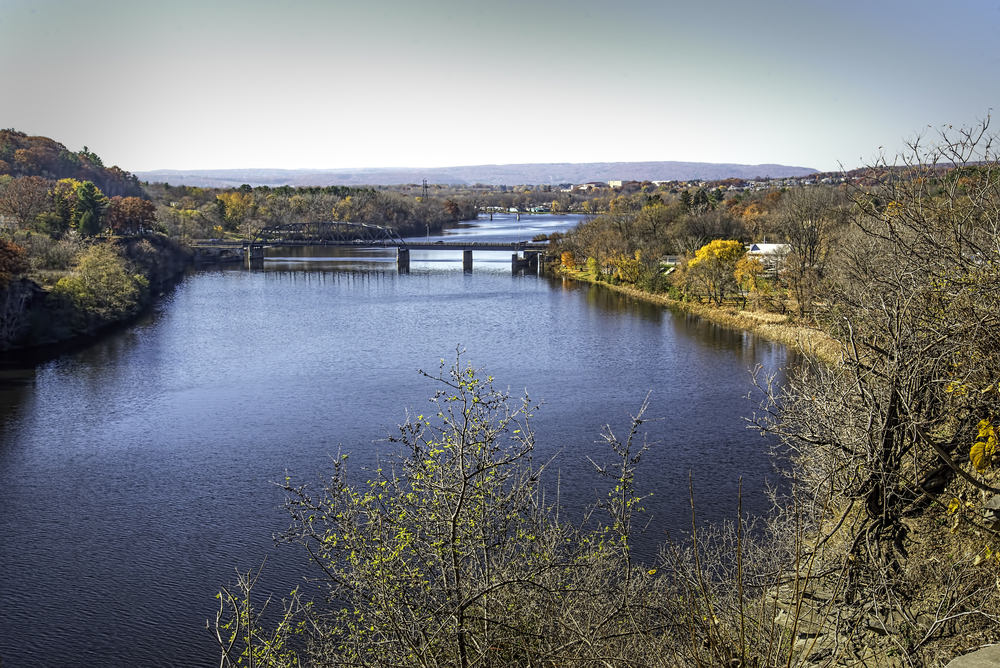
Its upper course continues through Batten Kill River and Fish Creek to Schuylerville in Saratoga County. The upper course then moves through Massachusetts, where its largest tributary, the Mohawk River, joins it.
The upper course of the Hudson River ends in Troy with the Federal Dam. It is here where the tidal importance of the Hudson River begins, and the lower course of the Hudson River begins as well.
Where is the lower course of the Hudson River?
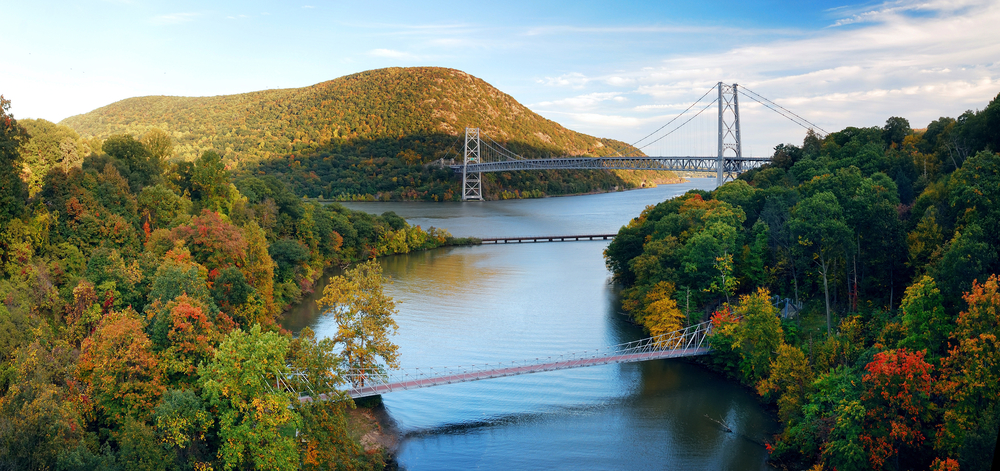
The lower course of the Hudson River is in the Hudson Valley, and it moves south from the Federal Dam where its width extends. Here, the Hudson River finds Albany and Rensselaer.
The Hudson River crosses into life with every turn, and it is crossed by Interstate 90 when its lower course passes through Albany.
Flowing through New York’s capital of Albany and out of the Capital District, the Hudson River flows to form the boundary of the county lines between Columbia and Green County.
Its lower course continues through the Hudson and then forms county lines between Ulster, Duchess, and Germantown.
The Hudson Canal connects with the Hudson River here, and the river then moves towards the former home of Franklin D. Roosevelt in Hyde Park.
Here, it moves from Poughkeepsie along under the Mid-Hudson Bridge. Its deepest point is reached between Constitution Island and the United States Military Academy, a location that is frequently referred to as “World’s End.”
Where is the Hudson River’s widest point?
Flowing through the Hudson Highlands, the river then reaches its widest point of 3.5 miles wide at Haverstraw Bay.
Tappan Zee is where much of the Hudson River action continues, and it follows the State Thruway of New York through Westchester County and through Rockland County.
Here it meets the Palisades, a range of rocks and cliffs that form a portion of the banks of the Hudson River in what is now Hudson County.
The Hudson begins to make a spring towards its final destination of the Atlantic Ocean by passing through Yonkers and Riverdale in New York City.
A confluence with the Spuyten Duyvil Creek occurs, and its east bank forms Manhattan Island.
Some locals still refer to this river as the North River due to this geography. Other major industrial elements connected to the Hudson River now are the George Washington Bridge, the Lincoln Tunnel, and the Holland Tunnel.
The lower course of the Hudson River finishes in the Atlantic Ocean on the south side of the island of Manhattan.
Is the Mississippi River as big as the Hudson River?
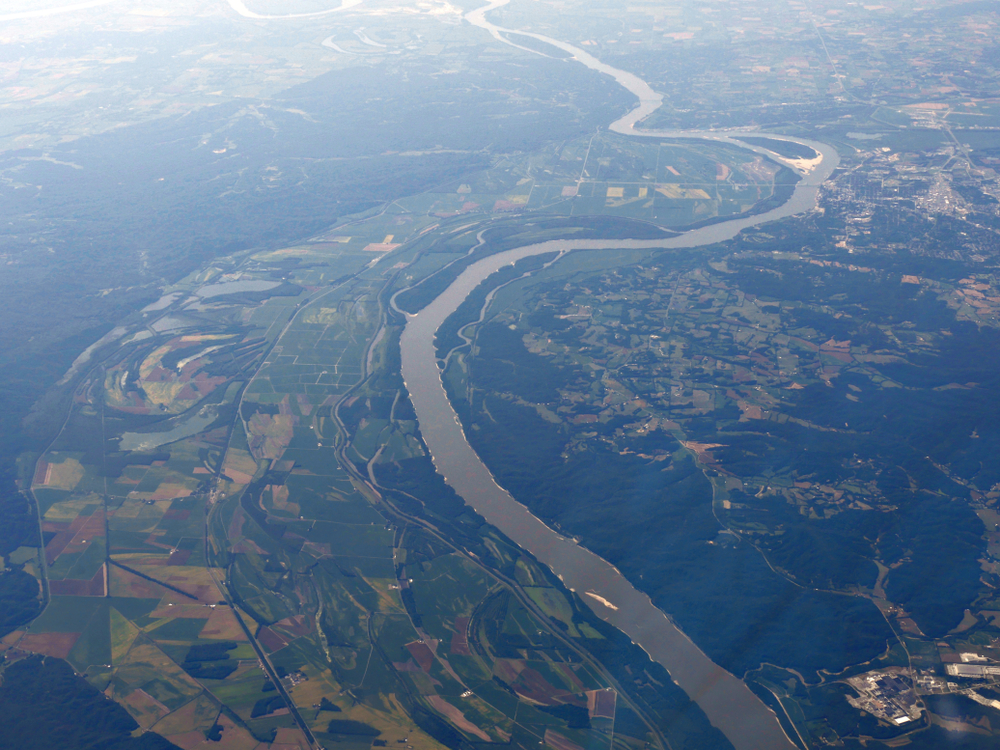
While the Hudson River has great depth, the Mississippi River has great length. The Mississippi River is the second-longest river in North America at 3,766 miles long.
Its upper and lower courses flow at a rate of three miles an hour and its deepest point is 200 feet.
The Mississippi’s deepest section is near Algiers Point in New Orleans. It is this element of this river that caused so many problems during Hurricane Katrina when the levees broke.
This is a massive river that is said to drain water from two provinces in Canada and a total of 31 states in the US. It is not the most freshwater river, likely due to its size.
It moves almost one-half a million tons of sediment annually.
When size width, depth, and length, are discussed about rivers in the United States, the Mississippi River, and the Hudson River are the two rivers that come up the most frequently.
They both have significant points to boast about and are the greatest rivers in the country in their own rights, but the Hudson River will always be the deepest.
Learn more about America’s deep rivers
Rivers are a fascinating study that tells us a lot about a country’s growth and history. The Hudson River as the deepest river in the United States is no different and is a river with both historic and geographic depth.
With a physical depth of approximately 215 feet at its deepest point and a long history that stretches farther than its 350 miles in length, the Hudson River is home to the stories of millions of Americans and the habitats they have loved for hundreds of years.
The same can be said about every river in the United States. The river second to the Hudson River in depth is the Mississippi River with a depth of 200 feet at its deepest point.
Learn more about these and other US rivers and how they contribute to the history and ecosystems of this nation.

